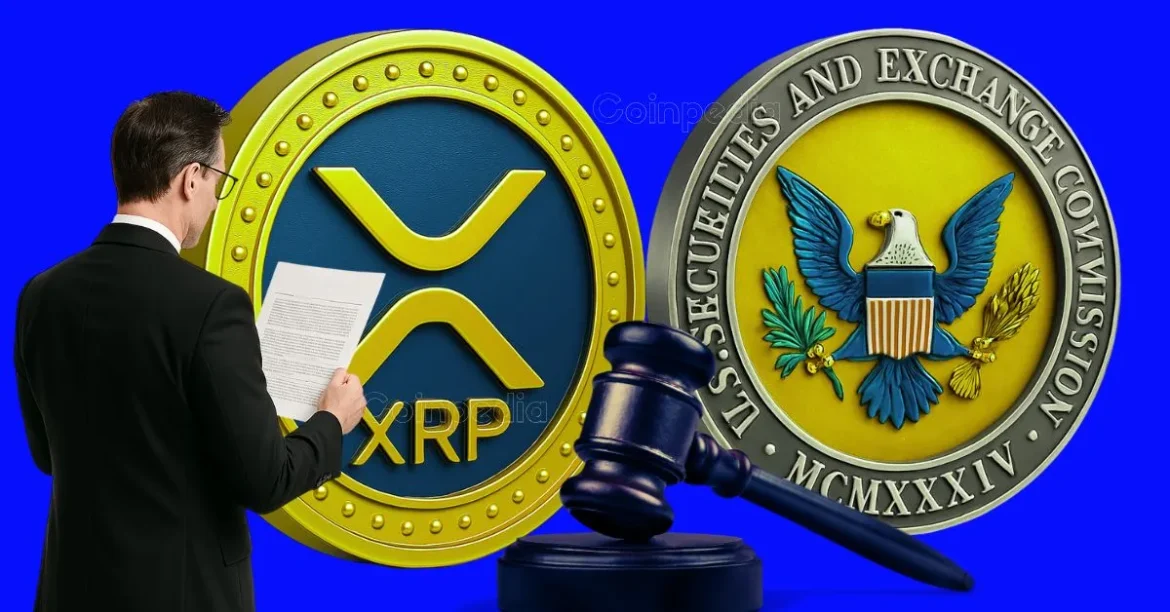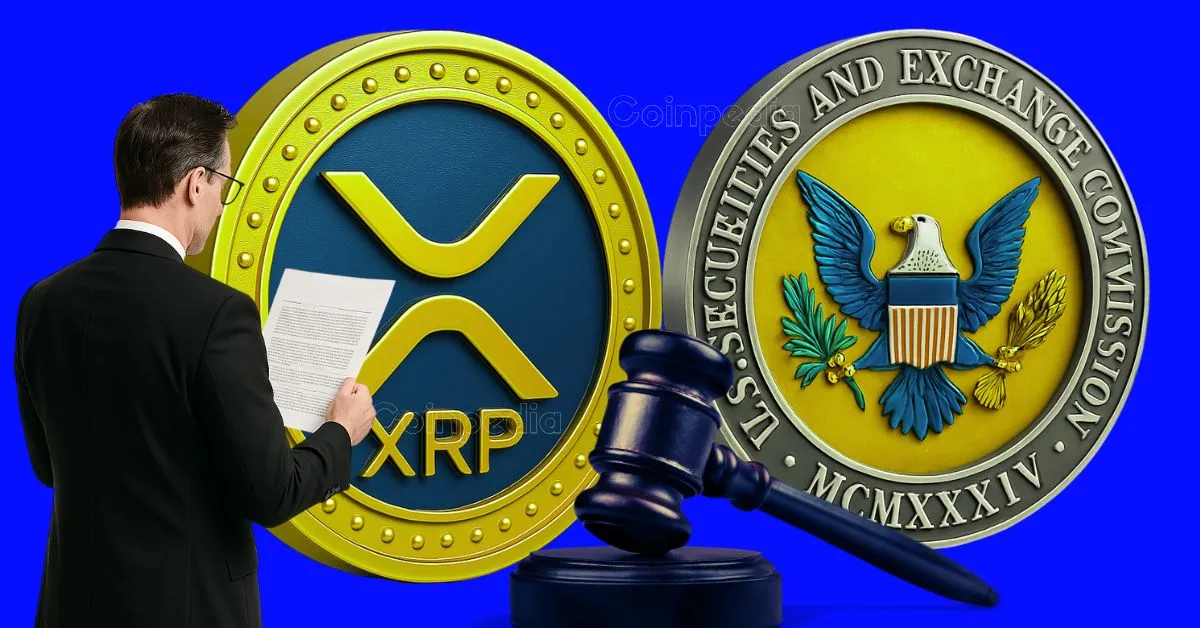The Ripple-SEC legal battle, now in its fifth year, has taken another dramatic turn. Judge Analisa Torres recently denied a joint motion by Ripple Labs and the U.S. Securities and Exchange Commission (SEC) to settle the case with a reduced penalty and a private deal. This decision has significant implications for Ripple, the SEC, and the broader cryptocurrency industry. Let’s delve into the details of this development, its reasons, and what lies ahead.
The Ripple-SEC Legal Battle: A Brief Overview
The legal dispute between Ripple and the SEC began in December 2020 when the regulatory body accused Ripple of conducting an unregistered securities offering through institutional sales of XRP, totaling $1.3 billion. This case has become a focal point for regulatory ambiguity in the cryptocurrency space. In July 2023, Ripple secured a partial victory when the court ruled that only direct institutional sales of XRP constituted securities offerings, distinguishing Ripple’s actions from more clear-cut violations.
Despite this partial win, Ripple still faced a substantial financial penalty of $125 million for the institutional sales. The recent joint motion by Ripple and the SEC aimed to reduce this penalty to $50 million and drop the permanent injunction restricting XRP sales. However, Judge Torres’ rejection of this motion has dashed hopes for an imminent resolution.
Why the Motion Was Denied
Judge Torres provided several reasons for denying the joint motion, highlighting procedural and legal complexities that cannot be overlooked.
Procedural Impropriety
Torres deemed the joint motion “procedurally improper.” The parties sought an indicative ruling, which is a formal hint from the judge that she would accept a settlement if an appeals court sent the case back. However, indicative rulings are typically reserved for new evidence or extraordinary circumstances, not for private settlements that override prior public judgments. This procedural misstep was a significant factor in the denial.
Jurisdictional Limitations
Much of the case is now under the purview of the 2nd Circuit Court of Appeals. Until the circuit court sends the case back, Judge Torres is limited in what she can rule on. She emphasized this lack of jurisdiction, making it clear that federal courts are not mere rubber stamps for parties looking to smooth over messy outcomes. This jurisdictional constraint played a crucial role in the decision.
Public Interest Over Private Deals
The outcome of this case extends beyond Ripple and the SEC, affecting investors, the legality of digital assets, and setting a precedent for the entire cryptocurrency industry. Judge Torres noted that private arrangements between litigants cannot erase the responsibility courts have to ensure fairness, consistency, and clarity in the law. The public interest in this case outweighs the convenience of a private settlement.
Finality and Precedent
Torres underscored the need for finality in federal court decisions. Allowing parties to bypass proper appeal procedures in favor of late-breaking settlements risks undermining the legal system’s integrity and predictability. This emphasis on finality and precedent further solidified the decision to deny the motion.
Consequences for Ripple, the SEC, and XRP
The denial of the joint motion has far-reaching consequences for all parties involved.
Ripple’s Legal Predicament
Ripple must continue to contend with the $125 million civil penalty, at least for now. Its efforts to shake the permanent injunction restricting how XRP can be sold to institutional investors have failed. The litigation cloud persists, affecting business planning, strategic partnerships, and product launches, keeping Ripple in a state of limbo.
The SEC’s Frustrated Strategy
For the SEC, the “settle and move on” approach has hit a wall. The joint motion signaled some appetite for regulatory compromise, but now the SEC is forced to continue the appeal—a costly, slow, and public process. This development may prompt the SEC to rethink its strategy in similar cases.
XRP’s Price and Market Sentiment
Immediately after Judge Torres’ rejection, XRP’s price sagged. Traders, who had been banking on a bullish resolution and renewed clarity for XRP’s legal status, remain at the mercy of a lawsuit that looks destined to drag on into late 2026 or beyond. Uncertainty in court means continued volatility for the token.
Precedent for Crypto Regulation
The denial of the joint motion sends a clear message to other crypto projects facing regulatory scrutiny: settlements aren’t always a sure bet, even when both sides want out. This precedent will influence how regulators and blockchain companies approach future disputes, emphasizing the need for careful legal strategy.
The Road Ahead: New Timelines, Fresh Motions, and More Delays
With the shortcut closed, the focus now shifts to the appeal pending before the 2nd Circuit. In August, both sides must submit a status report indicating whether they will press ahead or seek a different path. If appeals go the distance, this case could stretch into 2027.
Potential for New Settlement Attempts
Legal experts speculate that fresh settlement talks are not off the table. If one party blinks—or if higher courts signal openness—Ripple and the SEC could attempt a more carefully structured settlement, this time adhering to the proper procedural channels.
XRP’s Institutional Sales Still Restricted
The injunction on institutional sales of XRP remains in place. Ripple must continue to navigate a restricted sales environment, limiting its growth prospects in the U.S. This chilling effect on market-making persists, keeping both institutional and retail players guessing.
Broader Crypto Industry in Limbo
Other ongoing cases, such as those involving Coinbase and Binance, will feel the echoes of this decision. Every ambiguous judgment or procedural drama in Ripple’s case ripples outward, reinforcing the unpredictable patchwork of crypto regulation in the U.S.
What Ripple and the SEC Could Do Next
Conclusion: The Case That Changed Crypto Law—Still Unwritten
The Ripple vs. SEC case is more than just a dispute over penalties; it represents the struggle to fit new technologies within old legal frameworks. Judge Torres’ decision reaffirmed that private deals cannot skip the hard work of justice; precedent and public interest demand more. For Ripple, the SEC, and everyone watching, this means months (if not years) more of legal maneuvering, posturing, and uncertainty.
The path to regulatory clarity for digital assets remains winding and bumpy. Settlements won’t always save the day, and every failed shortcut points to one truth: The crypto industry, and its regulators, are still writing the first draft of this legal story. Will the law catch up before the code runs ahead? That remains the biggest cliffhanger. And for XRP holders, crypto lawyers, and believers in blockchain’s future, it means staying tuned—because this case shows no signs of closing the book just yet.





